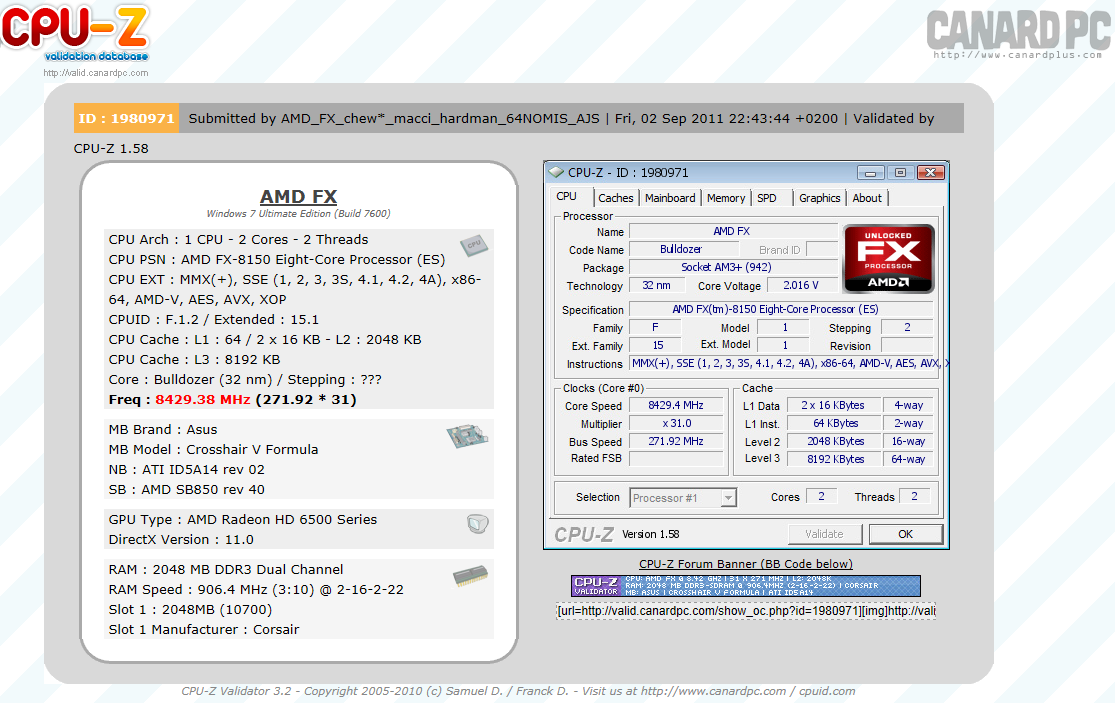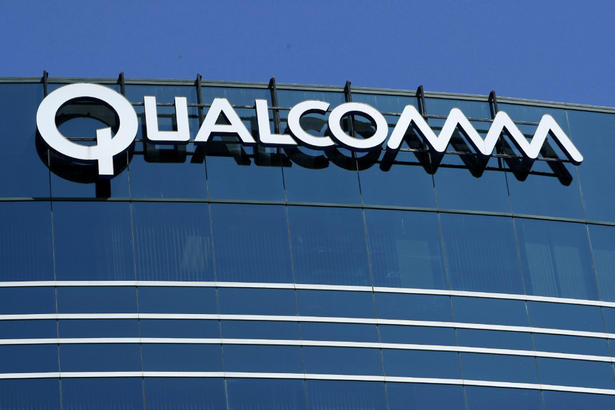News
 After going back and forth with on an Op that would have resulted in the release of information on a very violent drug cartel, members of the collective Anonymous have called off their planned OpCartel. They had originally meant to go after this group and release information on members, corrupt police and judges as well as other people that are affiliated with the group (although at the time it was not an official Op yet). Their plans came crashing to a halt when one of their members was kidnapped by the Zetas Drug Cartel.
After going back and forth with on an Op that would have resulted in the release of information on a very violent drug cartel, members of the collective Anonymous have called off their planned OpCartel. They had originally meant to go after this group and release information on members, corrupt police and judges as well as other people that are affiliated with the group (although at the time it was not an official Op yet). Their plans came crashing to a halt when one of their members was kidnapped by the Zetas Drug Cartel.
This incident caused the wavering back and forth as some members wanted to push forward and others were (rightfully) concerned that the kidnapped person would be injured or killed. In the end they decided to move forward and made an announcement that they would release all of the information they had gathered if the kidnapped person was not released.
Earlier today the members of the collective announced that the Anon member had been freed that while he was bruised, he is safe now. In an odd turn the Zeta Cartel released not only the kidnapped member, but also a statement saying that for every name that Anonymous releases that is related to the Cartel they will kill 10 people.
The Zeta Cartel is known as one of the most violent and is also apparently the most technologically savvy groups out there. We have a feeling that while Anonymous does not want to see any innocent blood shed, they will not be leaving the Zetas alone completely. After all, anyone that connects a computer to the internet is at risk from intrusion and they have money and investments in banks that are also vulnerable. I wonder how long it will take before some of those accounts start having balance errors…
Discuss in our Forum
- Details
- By Sean Kalinich
- Hits: 2615
 Google has found a way to index comments made on websites that use either a Facebook plug-in or another third party comment system. The announcement of this was made last night via a tweet that stated “Googlebot keeps getting smarter” It then went on to explain that it is now able to execute AJAX/JS to index dynamic content. This means that while the Google bot is crawling all over your favorite website and looking at what you are reading it can also crawl through your comments even if there are through Facebook.
Google has found a way to index comments made on websites that use either a Facebook plug-in or another third party comment system. The announcement of this was made last night via a tweet that stated “Googlebot keeps getting smarter” It then went on to explain that it is now able to execute AJAX/JS to index dynamic content. This means that while the Google bot is crawling all over your favorite website and looking at what you are reading it can also crawl through your comments even if there are through Facebook.
Many sites have started using Facebook connect to make it easy for people to share and comment on articles. It makes sense after all; most sites have a Facebook page (we do of course) and most readers have one as well, so why not let someone log-in using Facebook instead of having to remember another username and password. It is also good for website owners as people are often less likely to make “rude” comments if it is tied to their Facebook profile.
The problem (well not really a “problem”) comes from losing out on some of the hits you might get from searches like Google or Bing. When you use these third party services for comments they are not really on your webpage but are rendered there by the plug in you use. By incorporating the AJAX commands Google can now dive into these linked comments and index them for search. This has the potential to replace the hours of SEO (Search Engine Optimization) work that web developers use to have to do to make up for this. So for web site developers and owners it is a great thing. For Google it is a great thing, the question is…. Is it a good thing for the average user?
You will no doubt hear that this is an invasion of personal privacy and that Google is up to its old tricks. As much as I dislike Google and think that they have little or no respect for people’s privacy, this time I have to say this is pretty much harmless. If you think about it anyone that frequents a website you comment on can see the name of your Facebook profile and if they wanted they can find you on Facebook. It does not take any type of rocket science to do this; Google indexing these comments is not going to make it any easier.
If you are worries about this I would suggest that you set your profile security so that your wall can only be viewed by people you have friended and not worry about it; after all almost everything that is posted or published to the web is crawled over by web bots. If the Internet was a house and the bots were bugs, it would be in serious need of an exterminator.
Discuss this in our Forum
- Details
- By Sean Kalinich
- Hits: 2242
 I love it when the little guy wins and this really is a case of the little guy coming out on top. It seems that Apple would like to strengthen its strangle hold on the tablet market by almost any means necessary. As part of their campaign for global domination Apple went after a small Spanish tablet maker by the name of Nuevas Tecnologías y Energías Catalá or as you and I might know them NT-K. They are the designers/makers of an Android based tablet that admittedly looks a lot like the iPad at first glance. Because of this similarity (and because they had success in the EU and Australia against Samsung) Apple filed an indictment against NK-T and actually had shipments of their products seized by customs.
I love it when the little guy wins and this really is a case of the little guy coming out on top. It seems that Apple would like to strengthen its strangle hold on the tablet market by almost any means necessary. As part of their campaign for global domination Apple went after a small Spanish tablet maker by the name of Nuevas Tecnologías y Energías Catalá or as you and I might know them NT-K. They are the designers/makers of an Android based tablet that admittedly looks a lot like the iPad at first glance. Because of this similarity (and because they had success in the EU and Australia against Samsung) Apple filed an indictment against NK-T and actually had shipments of their products seized by customs.
Because this was a customs ban for “copying” a product this caused NK-T to be temporarily put on a list of product pirates, which would cause an almost global ban on these products entering any country.Now Apple has used these tactics and the threat of these actions against other companies with success so they have gotten into something of a pattern. Apple fully expected NK-T to comply with their demands and stop manufacturing the competing product. When NK-T did not they sprang into action and filed their indictment against them.
Now in many other countries our story would have ended with the small company sadly having to stop making their product. However, this time the courts did not see things Apple’s way. In a ruling they found that Apple failed to prove criminal intent or their allegation of deliberate piracy. On top of that NK-T has filed a civil suit asking for damages done to their business and the name of their company. Furthermore they have filed a complaint with Spain’s regulatory body (the Comisión Nacional de la Competencia (CNC)) against Apple for abusive anticompetitive behavior. If this complaint goes through (and it has not been dropped) then it will set a precedent and one that could bolster the defenses/ complaints of other companies that are currently in the legal slime with Apple right now.
We are making attempts to find out more on this and will be following up as it progresses.
Discuss in our Forums
- Details
- By Sean Kalinich
- Hits: 2184
 Normally I do not think that a CPU running at a massive clock speed is very news worthy. This is even more true when the speed in question cannot do much more than verify “yes this was my clock speed”. However, when the same model and style of CPU breaks a world record twice in around two months… well that is something a little different. I decided to take a look and see what was going on.
Normally I do not think that a CPU running at a massive clock speed is very news worthy. This is even more true when the speed in question cannot do much more than verify “yes this was my clock speed”. However, when the same model and style of CPU breaks a world record twice in around two months… well that is something a little different. I decided to take a look and see what was going on.
It seems that back in September an overclocker by the name of Macci (aka AMD_FX-FX_chew*_macci_hardman_64NOMIS_AJS) posted a verified CPUz for the AMD FX-8150 Octo-core CPU of 8.429.38 MHz (8.429GHz). This speed was achieved by using a staggering 2.016 volts on an Asus Crosshair V Formula. This is not a bad clock at all, but we did notice something very interesting. 
If you look at the screen shot above you notice that despite being listed as an “AMD FX-8150 Eight-Core Processor” CPUz only lists two cores and two threads. This would seem to indicate that to reach this speed Macci had to shut off three other cores (there are two “cores” per “core) bringing it down to just the two single cores inside one CPU module on the processor die. Now, before you fire off that nasty email of start warming up the flame thrower, I want to be clear on something; this speed is extremely impressive. No matter how thin you slice it, but it does bring up something though. On the Phenom the crossbar that talked between CPU cores would often fail to respond in a timely manner between all cores. This would cause a BSOD and mean that that high clock speed you were going for was out of the question. (Before anyone says anything, I know this happens on Intel CPUs as well it is just not as common). 
Last week another overclocker by the name of Andre Yang pushed the FX-8150 (Dual Core) CPU past the 8.42 mark to 8.46GHz. This time the high Clock speed was reached with a voltage of only 1.992 Volts, but still using the same motherboard. These two clock speed are very impressive in terms of simply going for that top spot, but what is missing right now is the performance side of overclocking. Where are the low SuperPi Scores, the high PCMark Scores, and PiFast numbers?
While I would never take away from the accomplishments of these two overclockers, I will say to AMD that overclocking is not only about the clockspeed. You have to have performance to match these numbers, and from what we are seeing… it just isn’t there yet.
Discuss in our Forum
- Details
- By Sean Kalinich
- Hits: 2831
 With all the news about the major ARM players like Samsung, nVidia, Texas Instruments etc. It is nice to finally hear the news about one of the largest, yet least talked about. At one time if you bought a cell phone (this was before the Smart Phone age) you had Qualcomm under the hood (and in many cases AMD as well). However, lately all we hear about is Hummingbird and Tegra (with an occasional mention of Snapdragon). That is until yesterday.
With all the news about the major ARM players like Samsung, nVidia, Texas Instruments etc. It is nice to finally hear the news about one of the largest, yet least talked about. At one time if you bought a cell phone (this was before the Smart Phone age) you had Qualcomm under the hood (and in many cases AMD as well). However, lately all we hear about is Hummingbird and Tegra (with an occasional mention of Snapdragon). That is until yesterday.
Qualcomm has announced that they are prepping to launch a new series of 28nm processors which they claim are 50% faster than “other ARM based offerings in the mobile CPU market”. This is very healthy boast to say the least. Right now all of this is in the pre-production stages so we do not have any phones or designs to tell you about, but we do have a little bit of information about the processor itself.
The new proc will be dubbed the S4 MSM 8960 and will hit the market as a dual core offering with a quad core to follow. Instead of an on/off switch for power the CPU is going to be built with something like a dial. This will allow for dynamic power steps to be sent to the processor. I have not heard of this being done quite this way so it should be interesting to see how it works out.
Inside the 8960 you will have a new GPU, this is the Adreno 225 which is a unified shader design (think AMD/ATi) and will support DX9.x and possibly shader model 3. Now we wonder what kind of radio they are going to build into this as that has been one of Qualcomm’s strengths (the Cellular and Wireless Radio built into the SoC) and something that Samsung and nVidia have been trying to get done as well. We know that nVidia has been buying up wireless technology patents with the hopes integrating their own radios into their Tegra SoC, but have not announced anything on that just yet.
For now it would seem that Qualcomm has taken a step out front in the performance arena. We do think that their GPU offering is probably not up to the same standard as nVidia’s Tegra, but then again many people looking to buy a phone do not need it to play graphics heavy games… I mean really, how much GPU does Angry Birds or words with friends use?
Discuss in our Forums
- Details
- By Sean Kalinich
- Hits: 3941
More Articles …
Page 547 of 570



